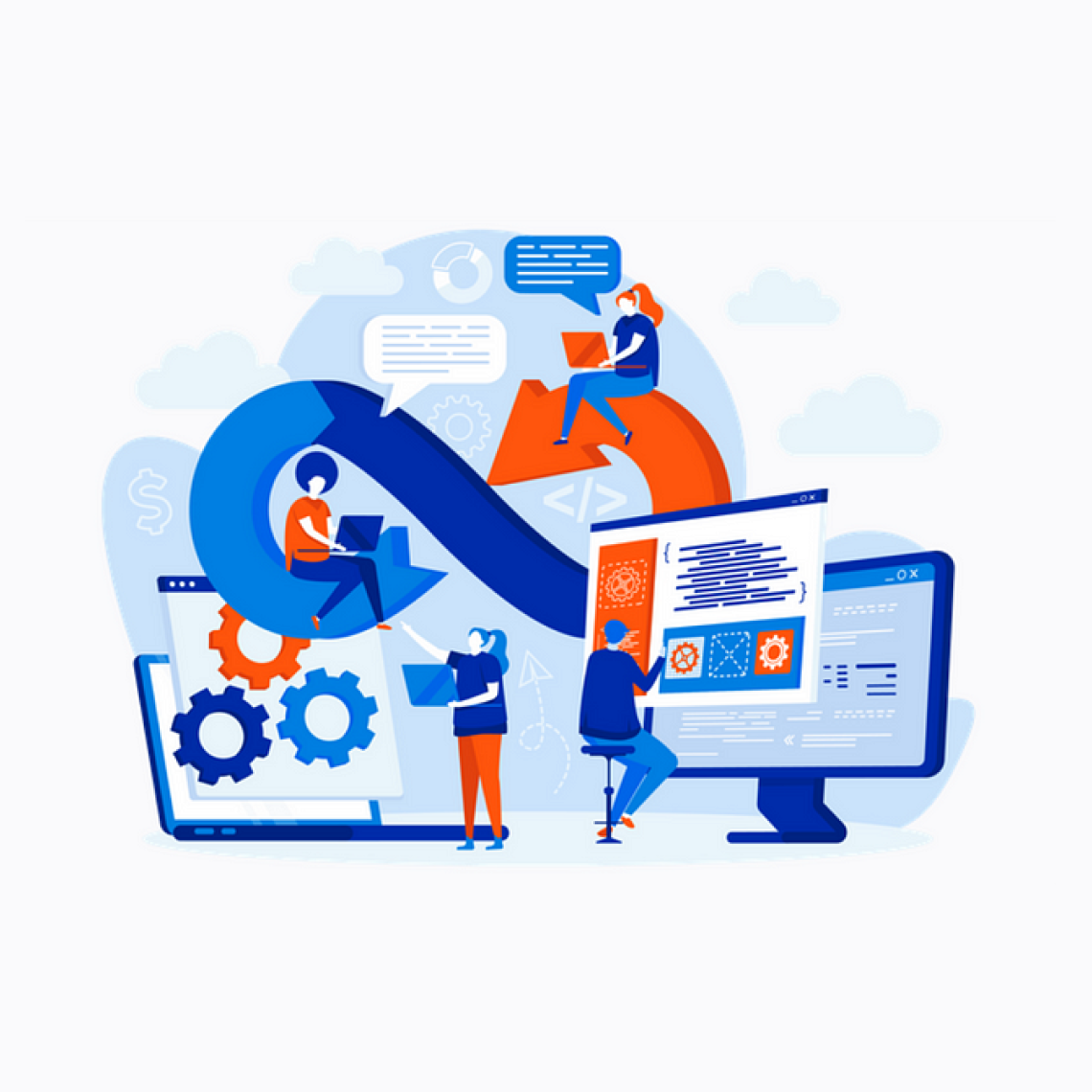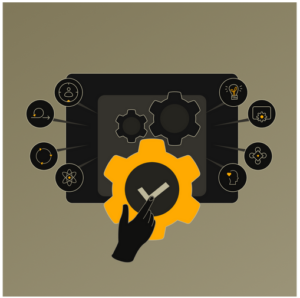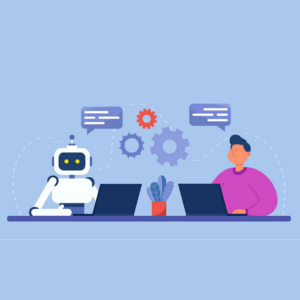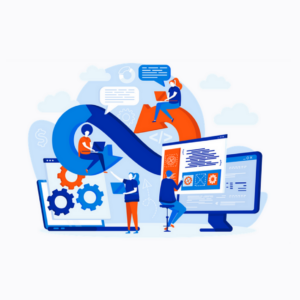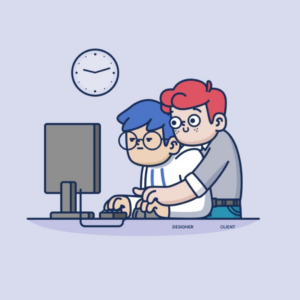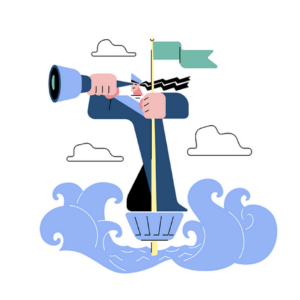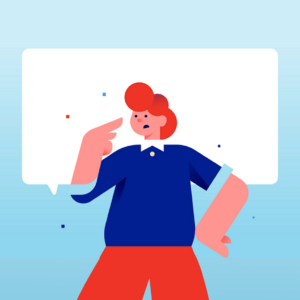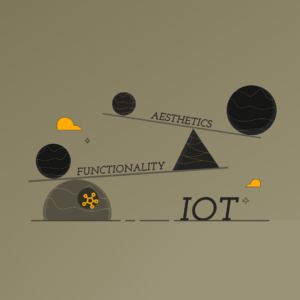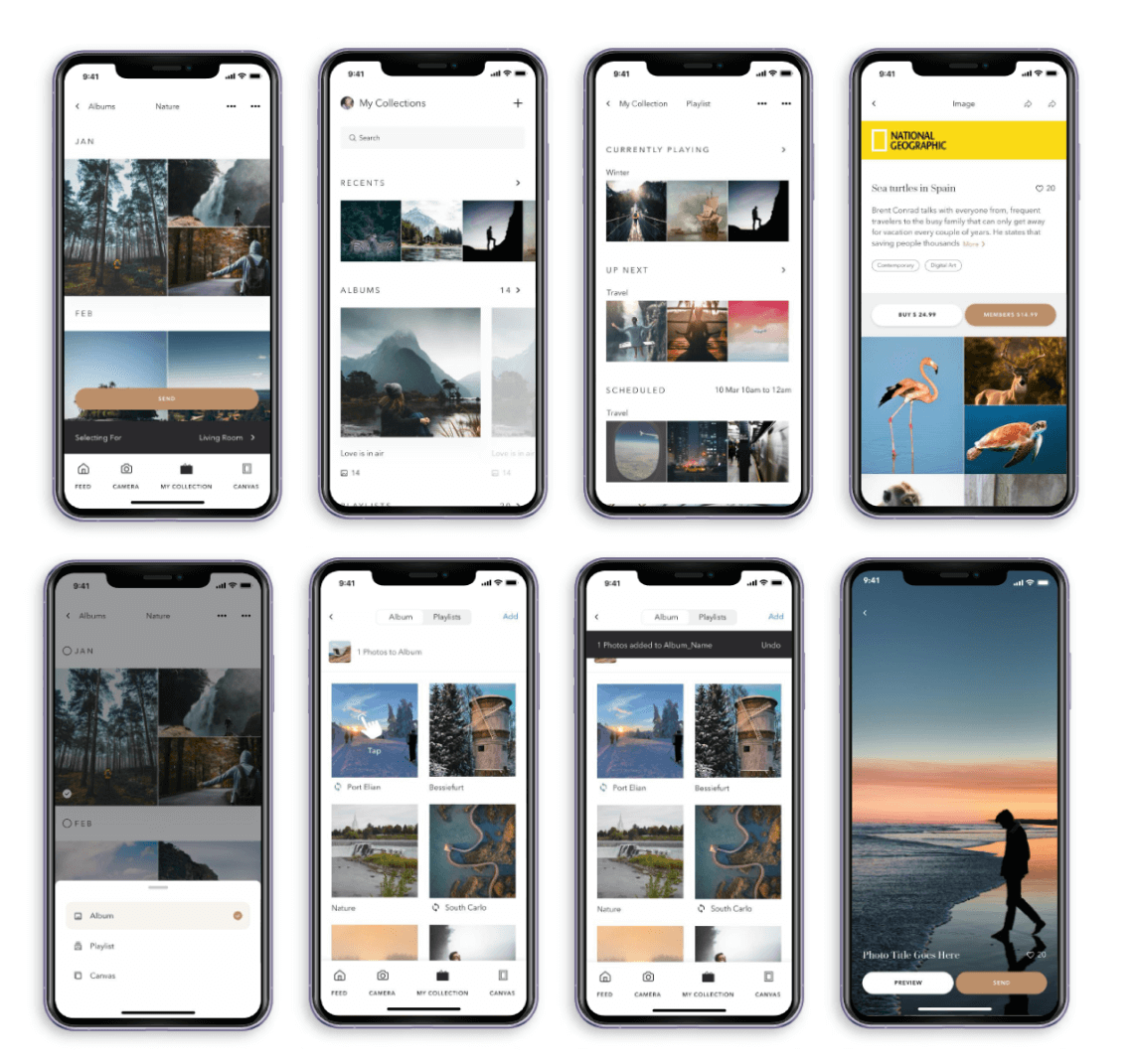Ever since the onset of the pandemic, the tech industry is morphing and evolving rapidly to adapt to the new normal. Companies are pivoting towards remote work models and the shift is giving rise to a myriad of new work opportunities by opening up exciting avenues for people. This shift to remote roles coupled with the latest wave of great resignations is proving to be a massive challenge in growing teams, operations, and sustaining businesses.
Today’s workforce doesn’t only work for money or survival, they work for the quality of job, work culture, environment, rewards, growth, and learning opportunities. This makes finding the right fit for your company and being the right choice for talented individuals out there, equally challenging. As a solution to this problem, design organizations can leverage Design Operations (DesignOps) to establish efficient processes and generate value at scale for both the company and its employees.
The DesignOps practices help in streamlining and optimizing the workflow within a design team and a company at large to deliver quality and ensure growth. It also plays an important role in maintaining a healthy and inclusive work culture. To effectively deploy DesignOps practices at work, automation of certain activities will help since most companies have decided to stay remote till 2023 at the least.
We, at Galaxy, have some DesignOps practices in place which have automated several processes right from employee onboarding and training to becoming a functional part of the team and delivering quality work.
1. Screen right profiles
Screening the right candidates for your company can be a time-consuming and painstaking task. Recruiters have to sift through hundreds of applications to get a few good ones from the applicant pool. Before screening the right profiles, companies must be clear about what exactly they are looking for to avoid unfruitful hiring. It is important to set a requirements threshold for qualifications, experience, skill set, competencies, and traits before hiring. This makes the process of screening the best-suited profiles much easier and saves a lot of time that could have been wasted in interviews.
Decide which direction your team is headed in and hire for that destination. If you want to become the best football team in the world, you hire the players who are the best at their game. Take time to screen and hire without rushing to fill the spot.
A few cutting-edge AI technologies are also on the brink of emergence which would automate and expedite the candidate screening process and save your valuable time and money.
2. Hire for utility and skills
Hiring for utility and skills to bridge the gaps in operations and workflows goes a long way for the company. It is important to assess and identify the key needs of the company and hire people with specifically those skill sets.
For instance, if a job role involves frequent client-facing communication, managing multiple projects, collaborating with the team, and strong communication skills, then people who are good at these soft skills should be prioritized in the recruiting process besides their technical knowledge. Hiring for utility and specific skills helps in making teams productive and companies profitable. It fills any gap in the design processes and life cycles that hinder smooth functioning and proper execution.
3. Customized growth path for individuals
Every individual in the company wishes to upskill, grow and climb up the corporate ladder. Addressing this fact, companies need to help employees acquire new skills, expand their skill set, and transition into newer roles in the company. One way to ensure your employees learn, evolve, and excel is by creating a growth plan customized for each individual aligning with their needs, strengths, interests, and career goals.
A customized employee growth plan should address the gaps in their existing skill set by identifying what they’re good at and what needs work. This assessment should inform a growth plan that best helps them in achieving their career goals. It is preferred to include employees in the process of making a career growth plan for them to discuss what they need to learn and how they like to do it.
Creating customized growth plans for employees that align with both the individual’s and company’s goals helps in shaping up good talent and preparing them for roles to deliver quality.
4. Onboarding automation
Automating the onboarding of new hires with ready and standardized material expedites and streamlines the process. Following a proper onboarding protocol is crucial as it introduces the company’s culture, facilities, people, and work processes to the new joinee. It is the company’s first impression and sure goes a long way. A dissatisfying onboarding experience might negatively impact the company’s reputation and employee performance.
Manually facilitated onboarding procedures can prove to be time-intensive, inefficient, and difficult to execute at scale. Automating onboarding procedures prevent all kinds of troubles and facilitate a number of onboarding processes for newly joined employees. Providing standardized onboarding material like training videos, guides, and documents helps in introducing the employee to the company policies, communication tools, reporting software, technical tools, confidentiality rules, account creation processes, etc. in a hassle-free manner.
5. Smooth job transitions by training documentation
While we are on the topic of automizing and standardizing processes to streamline the design operations in the company, documenting training material is another useful practice. Documented training material on processes and client cultures enables a smoother transition of employees into new roles within the company. Instead of engaging resources and investing time manually in training people and getting them ready to take on bigger responsibilities, having them learn through training documents and recorded tutorials is much more efficient. Well-documented tutorials and hands-on practice save time and resources to work on more business-critical tasks.
6. Well-documented team culture
An organization’s culture is a combination of values, beliefs, and practices that brings people together making them a part of a community. It also instills a sense of belongingness to a workspace. One downside of the remote work model is being deprived of the experiences of working in teams, collaborating, going on coffee breaks, team lunches, and sharing a workspace.
A smart substitute to this problem is well-documented team culture which carries an essence of the team spirit and introduces the idea of an open, inclusive, and fun work culture of the organization to the new hires.
7. Small-scale gatherings and localized incentives
Keeping the current pandemic restrictions in mind, occasional small team meetings help in keeping the socializing in place. It is said that today’s workforce is a part of a social revolution, where they don’t work for money but for the drive and motivation to create an impact in society. They wish to be seen, heard, recognized, rewarded and acknowledged for who they are and the work they do.
Small scale social meet-ups and localized incentives, opportunities to interact with the leadership, and maintain a healthy relationship keep the team happy, satisfied, and motivated to do better. Such work culture boosts productivity and enhances the quality of work in a company.
8. Standardized process templates
Another helpful DesignOps practice is creating standardized process templates to define process paths on projects. Standardization of templates such as kick-off presentations, meeting agendas, weekly reports, etc. offers a consistent experience across processes in a company. It saves time and resources by overcoming the need to reinvent the wheel and create something new from scratch every time a process or information needs to be presented or shared internally or with the client.
9. Trust your team and their talent
Last but not least is trusting your team and having faith in their talent and capabilities. More so, it is about trusting your decision of hiring them for the greater good of your company. Interestingly enough, with this point, we are coming a full circle from where we have begun i.e. screening the right profiles and hiring the right talent for your company. If you take care that only those who fit the needs and fill the gaps in the operations and workflows of your organization are hired, a productive, profitable, and efficient workforce is guaranteed.
Conclusion
On a parting note, I would like to reinstate the importance of DesignOps as it
